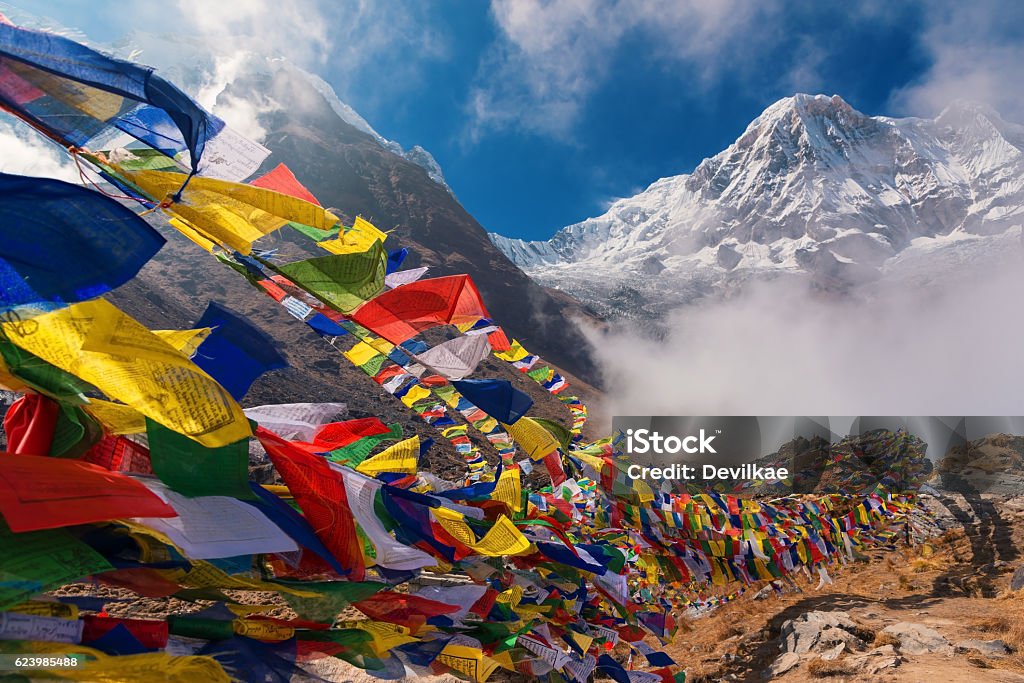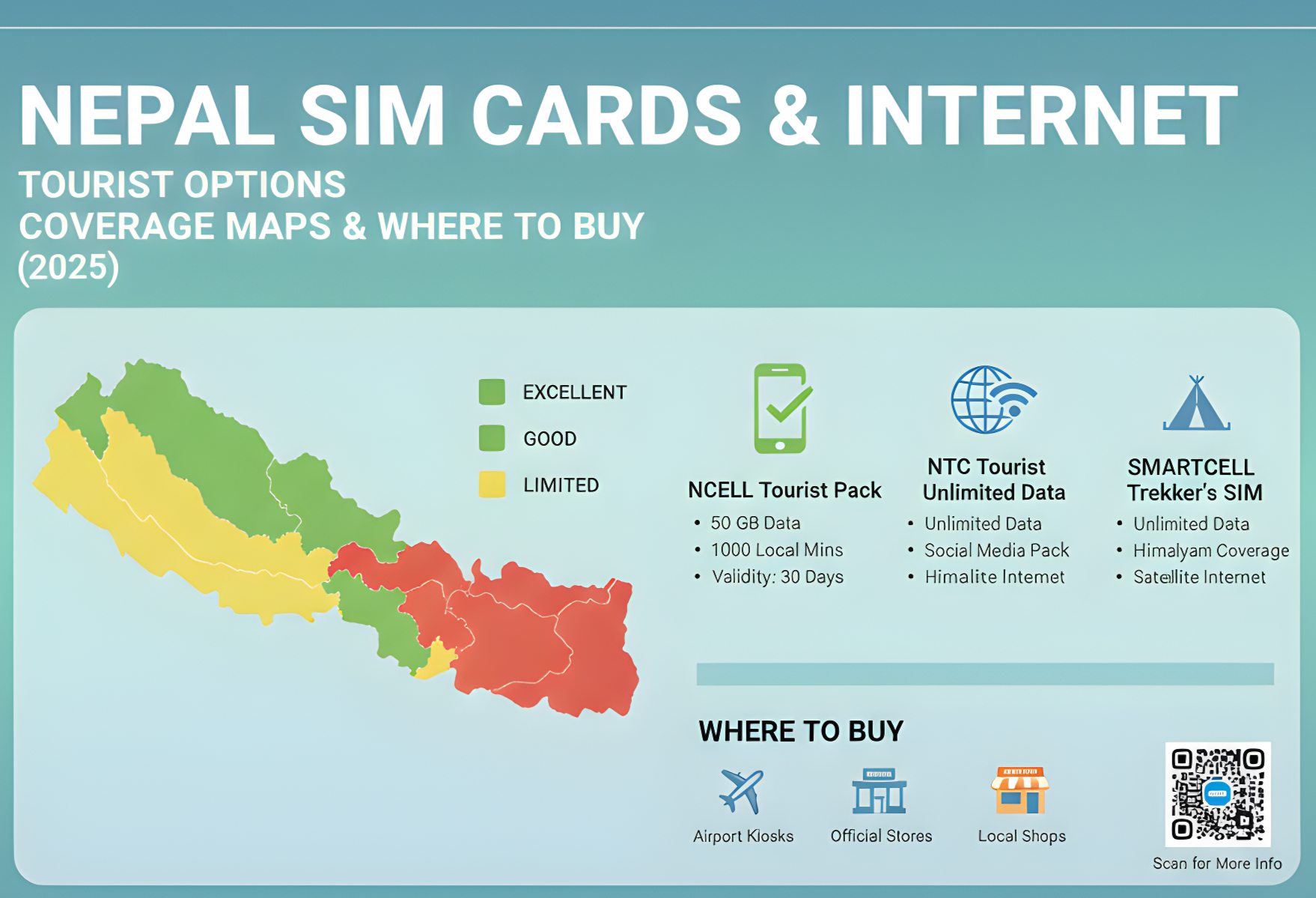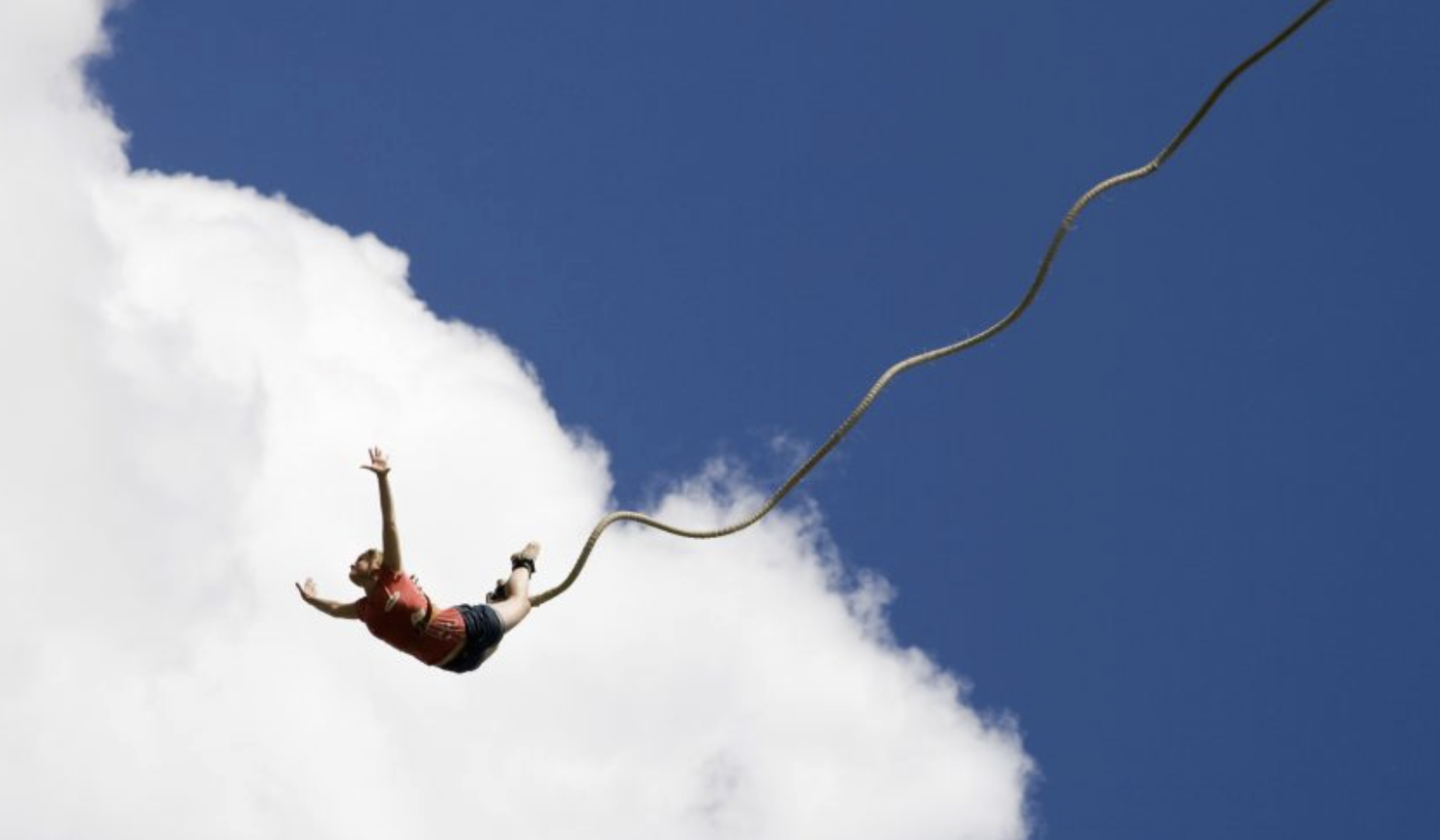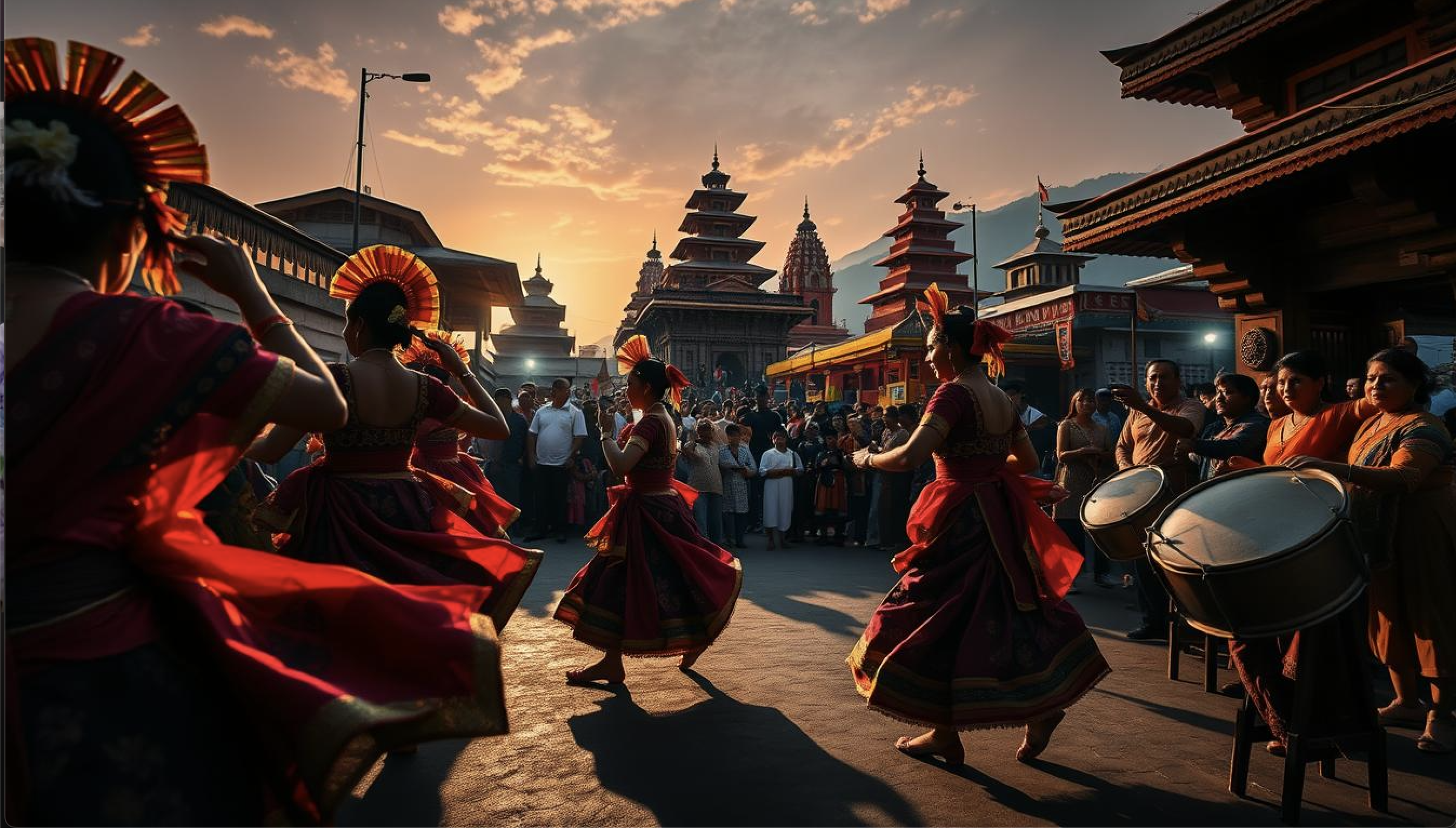Everest Base Camp Trek: Complete Guide (2025)

Mahenbalal
Travel Writer & Local Expert
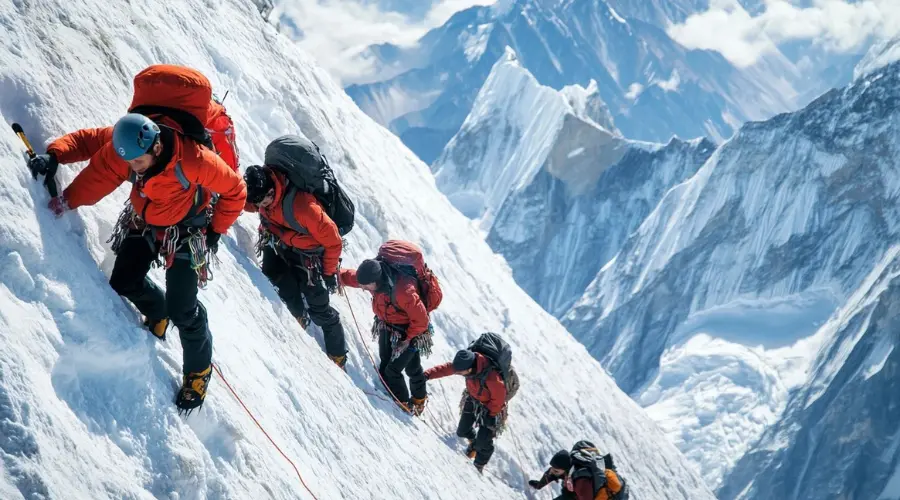
Dreaming of standing face-to-face with the world’s tallest peak? The Everest Base Camp Trek is much more than just a walk through the Himalayas. It’s a test of endurance, a journey into Nepali culture, and a canvas of jaw-dropping scenery. Reaching base camp feels like an earned badge of honor—icy winds on your face, prayer flags snapping, and the Khumbu Glacier shimmering below Everest’s summit.
Planning for 2025? This guide strips away the guesswork. Here’s everything you need for an epic, hassle-free trek.
Planning Your Everest Base Camp Trek for 2025
A trip to Everest Base Camp is about 130 kilometers round-trip, usually taking 12–16 days. The classic route runs from Lukla to Base Camp, passing through pine forests, alpine meadows, yak pastures, and some of the world’s most breathtaking viewpoints. Sherpa villages break up the days, brimming with Buddhist culture and cozy teahouses.
Spring (March–May) and fall (late September–November) offer the clearest skies, comfortable temperatures, and spectacular views. For 2025, expect updated permit costs and some fresh regulations. The trail still feels wild, but improvements in teahouse services and trail maintenance are ongoing, making it a little more accessible each year.
Permits and costs have changed, so it’s wise to budget and book early. The trail is busy but never loses its sense of wonder, especially when you watch the Himalayan dawn light up Everest from Kala Patthar.
Route Outline, Highlights, and Timing
The classic Everest Base Camp trek starts with a scenic flight from Kathmandu to Lukla. The journey unfolds as a series of memorable stops:
Namche Bazaar: The Sherpa capital, perfect for acclimatization.
Tengboche: Home to the stunning Tengboche Monastery.
Gorak Shep: The last village before base camp.
Everest Base Camp: The endpoint, but not necessarily the highlight!
Kala Patthar: The best viewpoint for Everest at sunrise.
The full trek usually takes 12 to 14 days, with two extra days built in for acclimatization. For the latest seasonal tips, late September through early December or March to May are the safest bets for clear skies and less snow. For a closer look at peak season insights, see this detailed overview of the best times to visit Everest Base Camp.
Permits, Costs, and Trekking Logistics
Permits are mandatory. In 2025, fees and rules saw a distinct jump. While Everest Base Camp trekking is not the same as a summit climb, changes in climbing permit costs may also affect trekkers in the region. According to this guide on Everest 2025: Climbing Rules, Permit Costs & Eco Updates, expect higher fees and increased scrutiny for those heading into Sagarmatha National Park.
Here are the standard costs and logistics you’ll run into:
Permits: You’ll need the Sagarmatha National Park Permit and a Khumbu Pasang Lhamu Rural Municipality Entry Permit.
Permit Costs (2025 estimates): Anticipate around $50 for both, though prices can shift.
Flights to Lukla: Book well in advance, as flights sell out quickly.
Guides & Porters: Hiring local guides or porters is common. It supports the local economy and adds safety.
Teahouse Booking: Teahouse stays are the heart of the experience, offering simple food and shelter.
Sherpa Culture and Local Teahouse Life
Sherpa hospitality sets the trek apart. You’ll share stories over steaming mugs of tea, challenge your chili tolerance with momos, and refuel on dal bhat. Teahouses are basic but charming—think warm fires, woven blankets, and plenty of friendly faces.
Most teahouses offer twin rooms, shared bathrooms, and meal menus built for carbs and comfort. Don’t expect hot showers above 4,000 meters every night, but the sense of community more than makes up for chilly toes.
The spiritual presence of the Sherpa people is everywhere: in spinning prayer wheels, carved mani stones, fluttering flags, and the rhythms of daily life. Evenings often end with tales of summits, storms, or what tomorrow’s trail might bring.
How to Prepare, Stay Safe, and Get the Most From Your Trek
Everest Base Camp is no walk in the park. Preparation pays off—in sweat, smiles, and summit photos.
Fitness, Training, and Gear Tips
Build endurance with long hikes, stair climbing, and regular cardio. The altitude will push you, so get comfortable with carrying a pack.
Packing essentials include:
Layered clothing: For shifting temps from balmy days to freezing nights.
Hiking boots: Well broken-in.
Sleeping bag: Rated for -10°C or colder.
Backpack: 30–40 liters for day use.
Personal first aid kit: Basic meds, plasters, and blister protection.
Water purification: Bottled water is pricey and wasteful.
Most gear can be rented in Kathmandu, but breaking in boots beforehand spares your feet misery on the way to base camp.
Safety, Altitude, and Health
Altitude sickness is real. The best way to stay healthy is to go slow and drink lots of water. Include acclimatization days at Namche and Dingboche, climb high and sleep low, and always listen to your body.
Key things to watch for:
Headaches or nausea: Early signs of altitude sickness.
Sudden fatigue or confusion: Don’t ignore them.
Weather changes: Be ready with rain gear and layers.
There are clinics along the route (in places like Pheriche and Namche). Carry insurance that covers helicopter evacuation—just in case.
For updated rules and more safety tips, keep an eye on new trekking regulations and climbing rules for Everest in 2025.
Being a Responsible Trekker
Help keep Everest special for future trekkers:
Carry your trash out.
Use reusable water bottles or purification tablets.
Stick to trails to protect the landscape.
Dress respectfully.
Hire local guides and porters at fair wages.
By leaving only footprints and good vibes, you make a difference.
Conclusion
If Everest Base Camp is on your bucket list, now’s the time to plan. The trek mixes raw challenge with staggering beauty. Every step laced with prayer flags, every village warm with hospitality. The mountains reward patience and respect—both for the natural world and for the people who call it home. Start the journey with your eyes open and your heart ready for adventure.
Ready for the trek of a lifetime? Everest awaits.
Recommended Hotels for Your Stay
Handpicked accommodations based on your travel interests
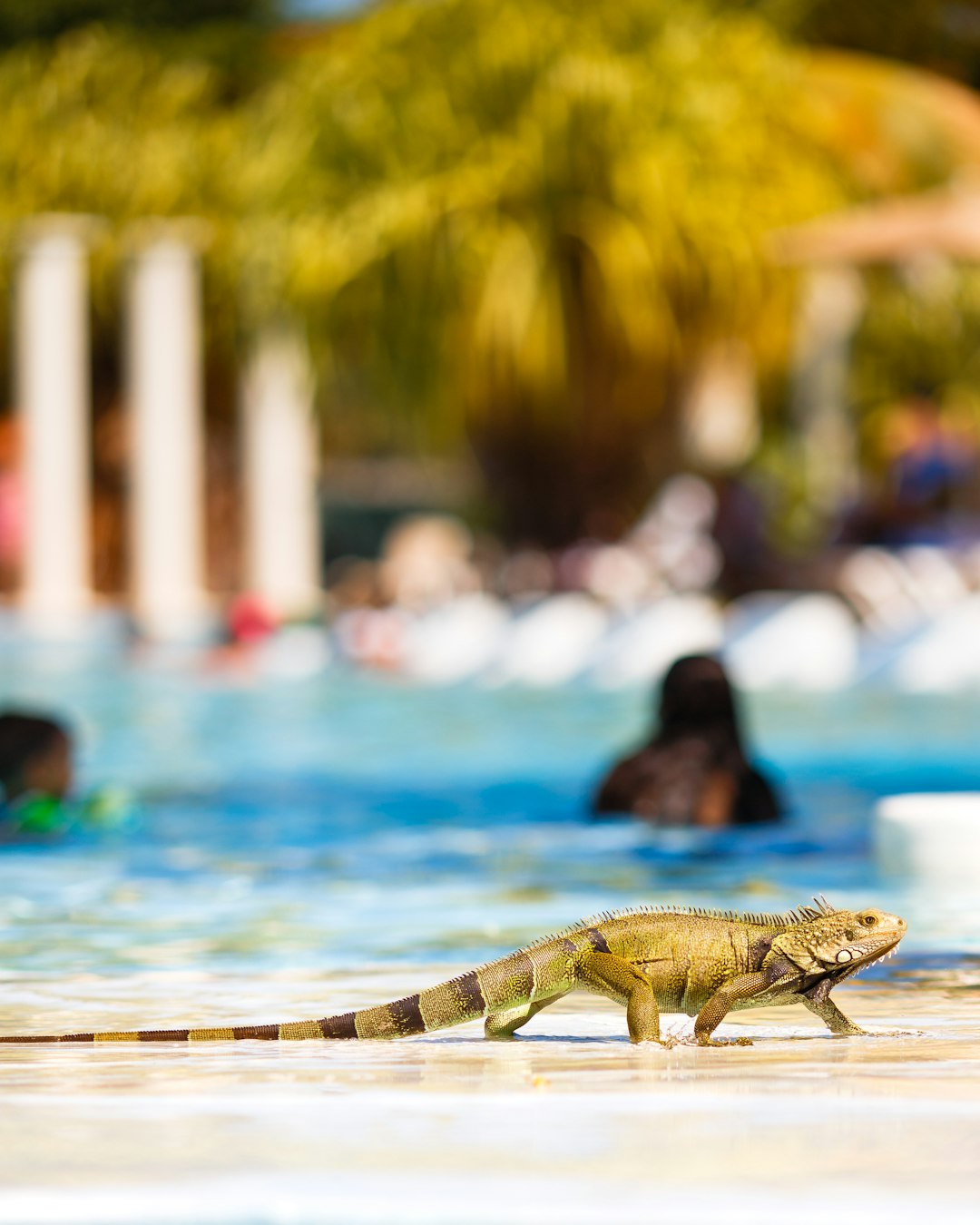
The Dwarika's Hotel Kathmandu
A living museum showcasing traditional Nepalese architecture and culture, The Dw...
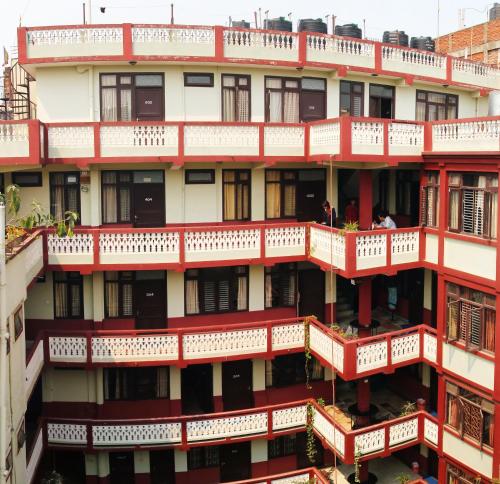
Hotel Yala Peak
A charming boutique hotel in the heart of Thamel offering excellent value for mo...
Photo Gallery
